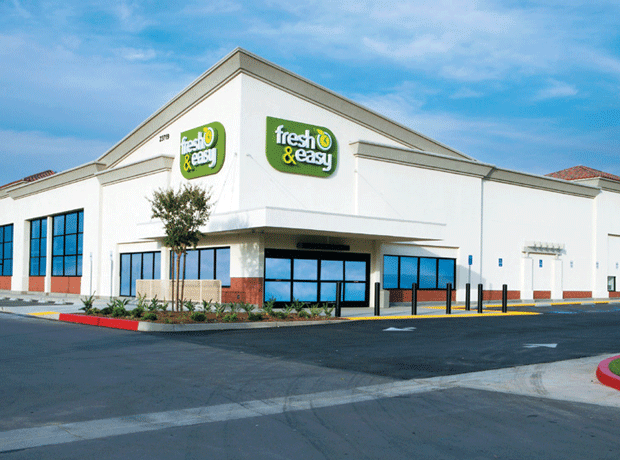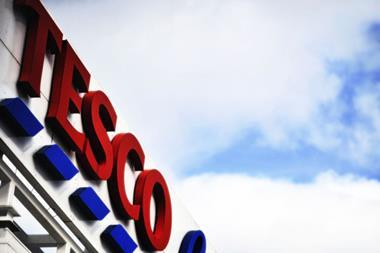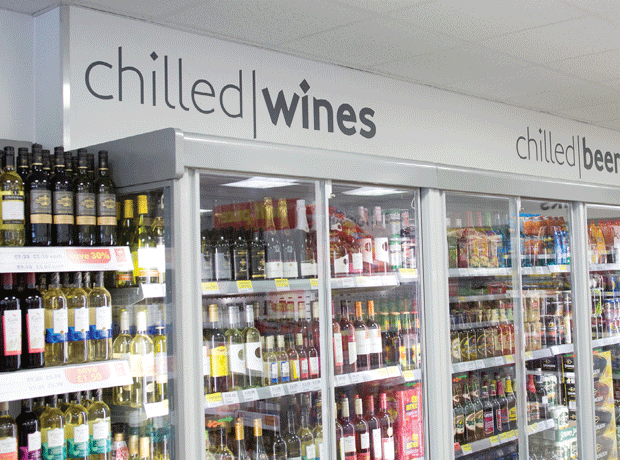So farewell Fresh & Easy. And I for one am feeling sad because this venture didn’t have to fail.
True Americans like to stock up freezers the size of American aircraft hangers. But Whole Foods doesn’t exactly have a vast frozen aisle. Nor does Trader Joe’s.
The minimalist look of the stores was hardly insurmountable.
And while the fruit + veg was heavily packaged, to the right customer, in the right location, that’s OK. Similarly, self-service can be attractive. Indeed, some of the numbers around customer satisfaction among its loyal customers was incredibly strong.
What Philip Clarke could not have done, however, is unpicked the terrible locations it picked to open in.
Tesco identified lots of new-build locations. So it didn’t help that the sub-prime mortgage crisis hit these areas particularly badly. In fact, if the recession hadn’t happened, it might have worked. It certainly wouldn’t have been under the same pressure to exit. After all, five years is no time at all for a retail idea of this complexity.
But some of the locations it picked were just abysmal, and ill-suited to the concept it had developed.
What Tesco brought to the US scene was genuinely innovative. Arguably it was an idea before its time. An idea the US grocery scene wasn’t ready for.
But for it to work Tesco needed a more upmarket customer profile – a model more akin to Aldi’s Trader Joe – for what was essentially an upmarket concept. It also needed to focus on seeding the idea in the right places and to the right consumers.



















1 Readers' comment